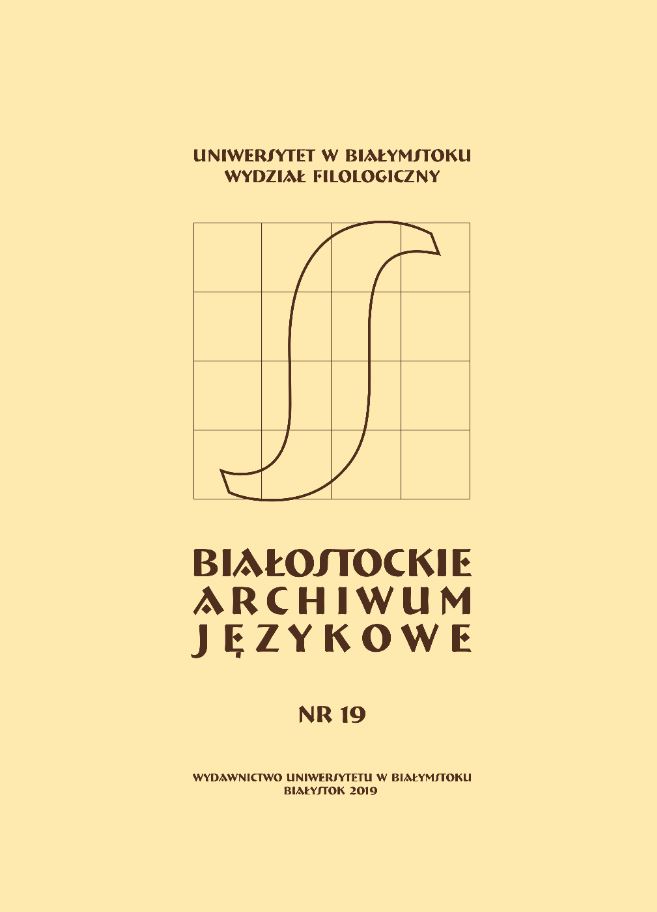D’une horde de barbares à une horde de pensées – à propos de quelques quantifieurs nominaux figuratifs d’origine militaire en français et en polonais
From ‘une horde de barbares’ to ‘une horde de pensées’ – about some nominal quantifiers of military origin in French and Polish
Author(s): Małgorzata IzertSubject(s): Language and Literature Studies, Theoretical Linguistics, Semantics
Published by: Wydawnictwo Uniwersytetu w Białymstoku
Keywords: collocation; quantification; substantive quantifier; undetermined quantity
Summary/Abstract: This article presents the analysis of collocations that act as indicators of large undefined quantity. They have a structure in French DÉT. N1 de N2 and in Polish N1 N2 (where N2 is used in genetivus). D´ET. N1 DE (N1 in Polish) is nominal quantifier of military origin. The set of nominal quantifiers which are the subject of this analysis consists of 5 French nouns denoting in a literal sense a military unit (e.g. une armée, un bataillon, une horde, une l´egion, un régiment) and in a figurative sense large group of persons or cluster of people, animals, concrete objects (e.g. une armée d’agents secrets, des bataillons de casseroles, une horde de chiens sauvages, une l´egion de fourmis, un régiment de domestiques, etc.) or very large undefined quantity of abstract objects (e.g. une armée de pensées, une horde de sentiments, etc.) and the corresponding Polish collocations (e.g. armia pielęgniarek, batalion butelek, legiony owadów, hordy myśli, etc.). We also present the analyse of syntactic and semantic features of quantifiers and nouns that most often connect with them.
Journal: Białostockie Archiwum Językowe
- Issue Year: 2019
- Issue No: 19
- Page Range: 125-139
- Page Count: 15
- Language: French

